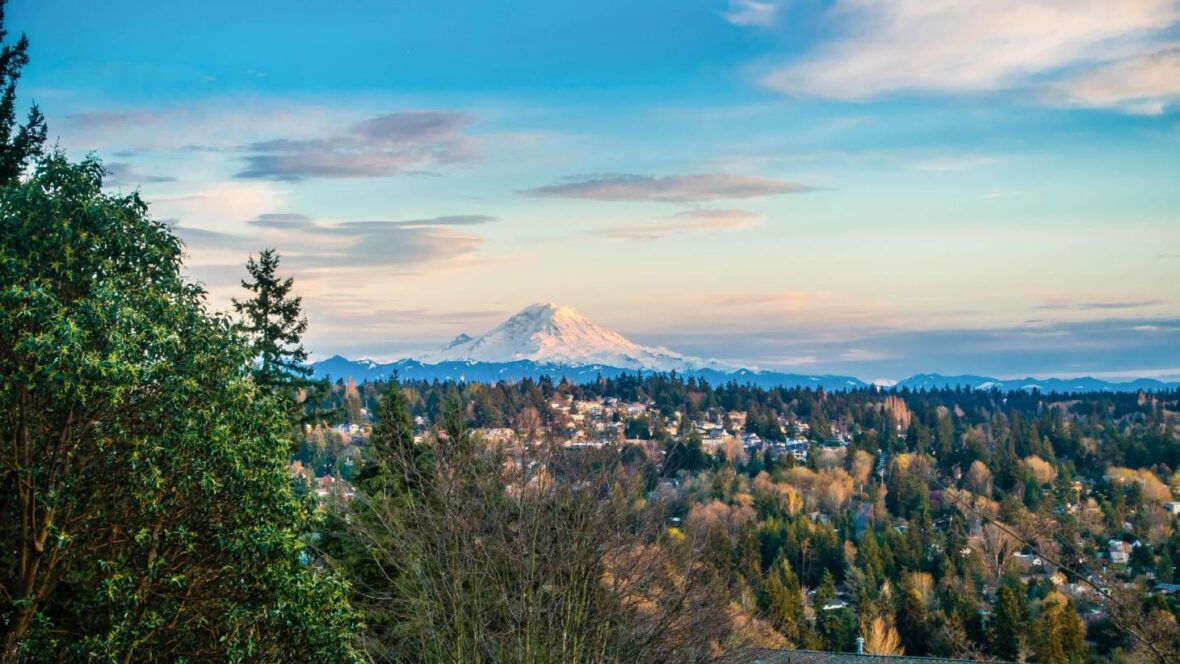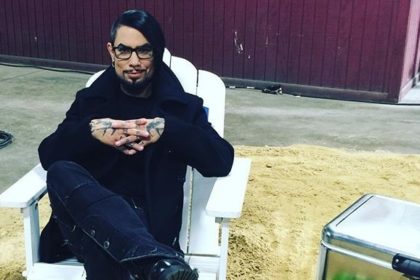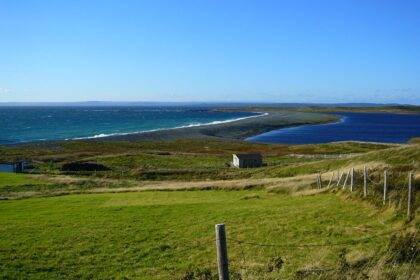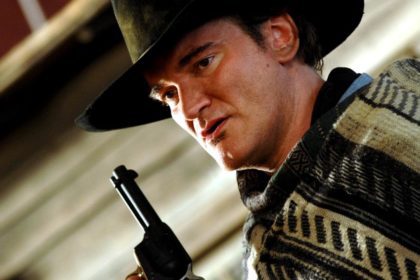Burien is a suburban city in King County, Washington, United States, located south of Seattle on Puget Sound. As of the 2010 Census, Burien’s population was 33,313, which is a 49.7% increase since incorporation in 1993.
1. An annexation in 2010 increased the city’s population significantly, and as of 2019 the population was an estimated 51,500.
2. Settlement in the Burien area dates to 1864, when George Ouellet (1831–1899), a French-Canadian born in Sainte-Marie-de-Beauce, Quebec, purchased his first of several land patents for homestead sites directly from a federal land office.
3. Ouellet had first arrived in the Washington Territory at Port Madison on Bainbridge Island, off the Kitsap Peninsula, in 1858.
4. Three years after purchasing his homestead in the Burien area, he married 14-year-old Elizabeth Cushner, who was born in the Washington Territory, and started a family.
5. Several years later, the Ouellet family moved to the White River Valley, near Auburn.
6. A popular local tale recounts that an early settler named Mike Kelly gave the community its first name after he emerged from the trees and said, “This is truly a sunny dale.” Today, a few long-time residents still refer to the Burien area as Sunnydale.
7. In 1884, Gottlieb Burian (1837–1902) and his wife Emma (Wurm) Burian (1840–1905), German immigrants from Hussinetz, Lower Silesia, who owned two taverns in downtown Seattle, arrived in Sunnydale.
8. The tiny community was without improved roads or commercial buildings and was reached primarily by trails.
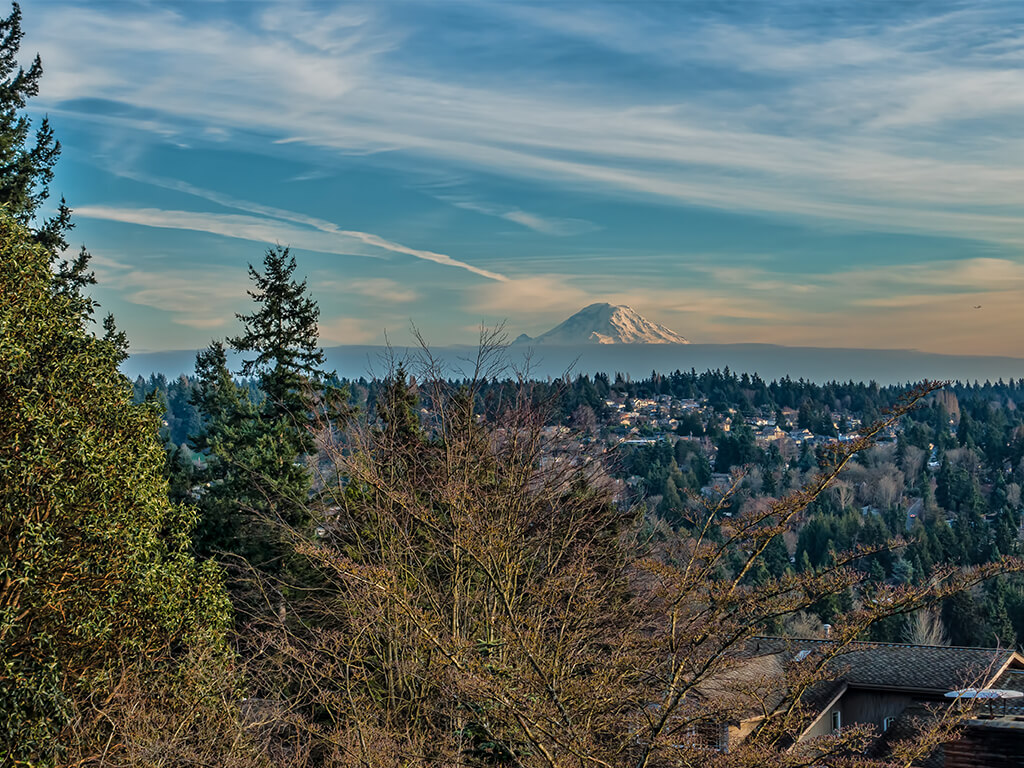
9. Burian built a cabin on the southeast corner of Lake Burien and reportedly formed the community into a town bearing his name (misspelled over the years).
10. A real estate office was built and soon attracted large numbers of new residents to Burien.
11. In the early 1900s, visitors from Seattle came by the Mosquito Fleet to Three Tree Point, just west of town, to sunbathe and swim.
12. In 1915, the Lake Burien Railway was completed. It ran on what is today Ambaum Boulevard from Burien to White Center to Seattle. A small passenger train ran the tracks and was affectionately named by the residents the Toonerville Trolley. However, in the summer, squished caterpillars made the track slippery, and in the winter, the tracks iced over. Soon the Toonerville Trolley was removed.
13. Several proposals to incorporate the greater Burien area, an unincorporated portion of King County, were attempted but failed.
14. In the late 1980s and early 1990s, citizens felt they needed a more responsive government to help address the looming threat of the Port of Seattle’s airport runway expansion (known as the “Third Runway”) at Seattle–Tacoma International Airport to the east, so an effort was again made to incorporate as a city.
15. Citizens also felt that multi-family apartments and dwellings had proliferated out of control in Burien and other unincorporated areas of King County, and that they had no local voice in government, other than the King County Council, that would hear their concerns.
16. The city of Burien was incorporated on February 28, 1993, after voter approval.
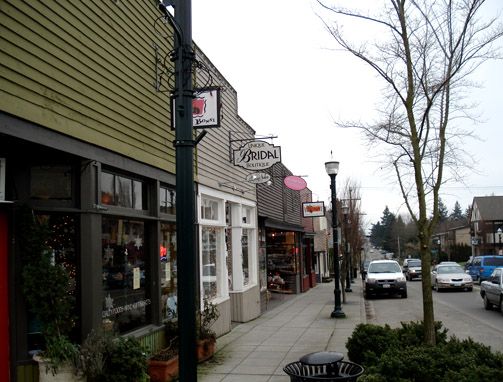
17. Late in 2004, the city assessed the possibility of annexing North Highline (which includes White Center and Boulevard Park), “one of the largest urban unincorporated areas of King County,” which would double the size of Burien. Many citizens spoke against the annexation and created picket signs and petitions to protest against it. Other citizens welcomed the expansion, as they felt parts of the so-called North Highline area should have been part of the original Burien incorporation, and the area in question is part of the larger Highline area. (The Highline area includes the cities of Burien, Seatac, Des Moines, Federal Way and an unincorporated area called North Highline.)
18. In May 2008, the Burien City Council proposed an annexation of the southern portion of North Highline, comprising 14,000 residents. In late summer of 2008, the city of Burien prepared to submit their annexation proposal to King County’s Boundary Review Board. However, after the city of Seattle protested Burien’s proposal, Burien opted to withdraw their annexation plan and resubmit it after new countywide planning policies went into effect.
19. In October 2008, the Burien City Council voted to resubmit their annexation plan to the county Boundary Review Board. However, the cities of Burien and Seattle, along with King County and other stakeholders, first participated and completed mediation to ensure the interests of all parties involved were met. Affected stakeholders would have agreed to a preliminary annexation framework that stipulated how annexation would play out between the cities of Burien and Seattle and with King County. However, the Seattle City Council voted against the agreement that February. It is not known if Seattle has any future plans for annexation of any part of the North Highline area.
20. On April 16, 2009, the Boundary Review Board of King County approved Burien’s proposal for annexation of the southern portion of the North Highline area: parts of the Riverton-Boulevard Park CDP.

